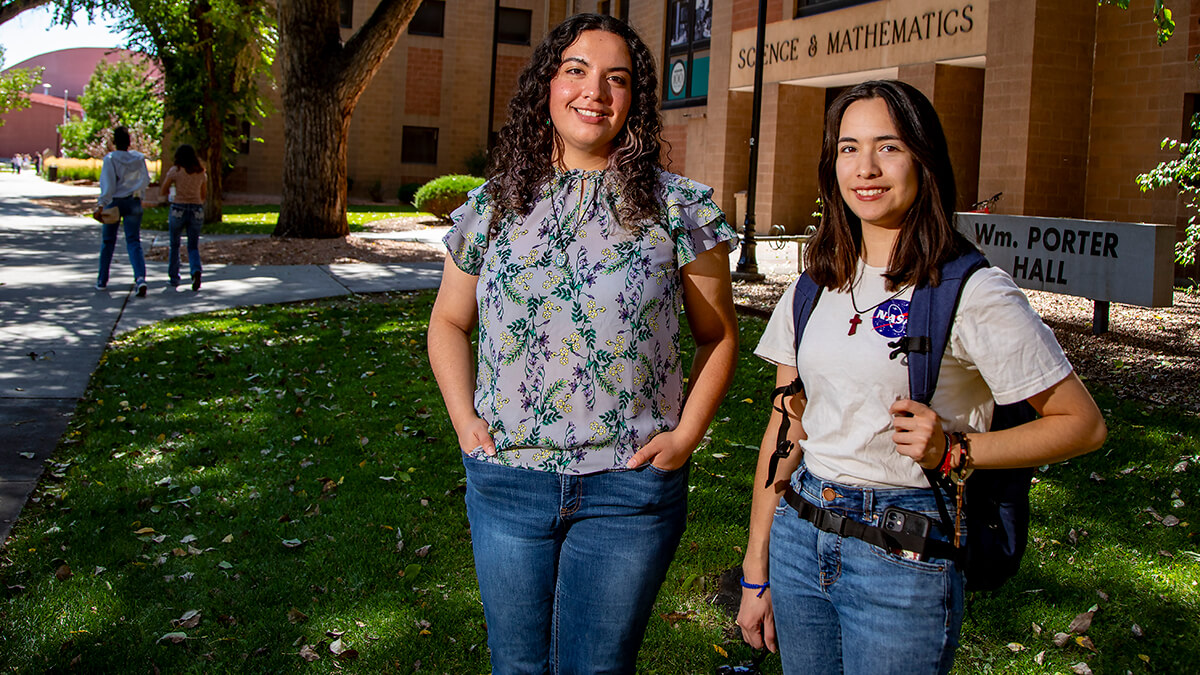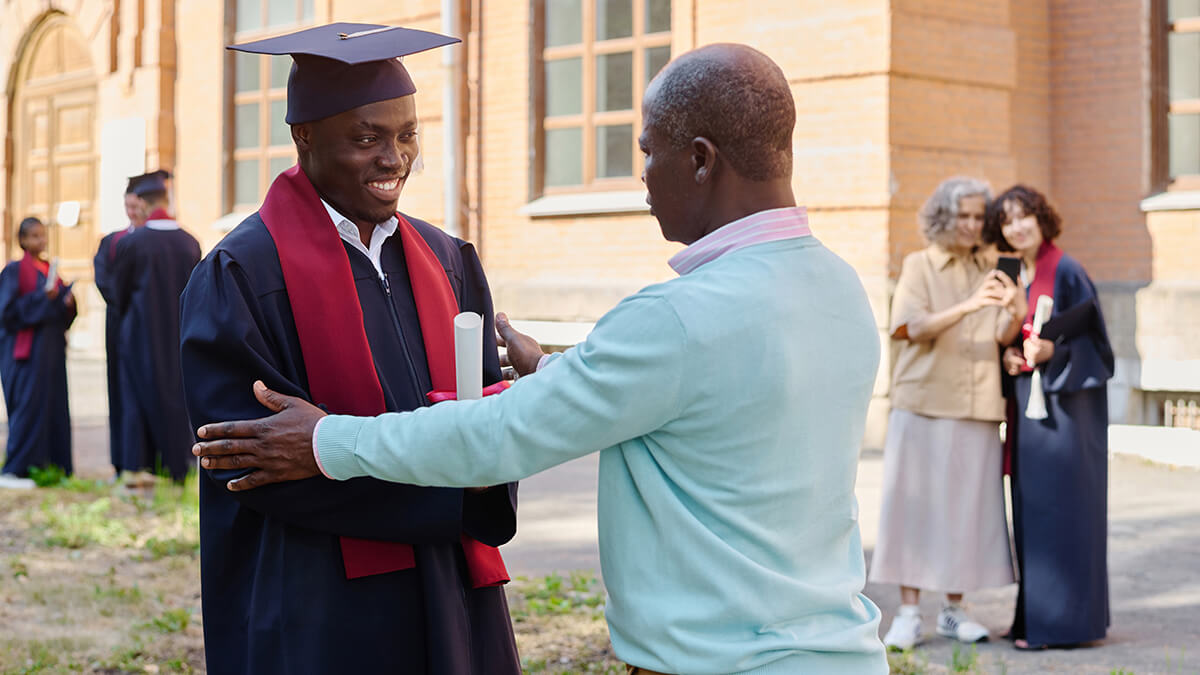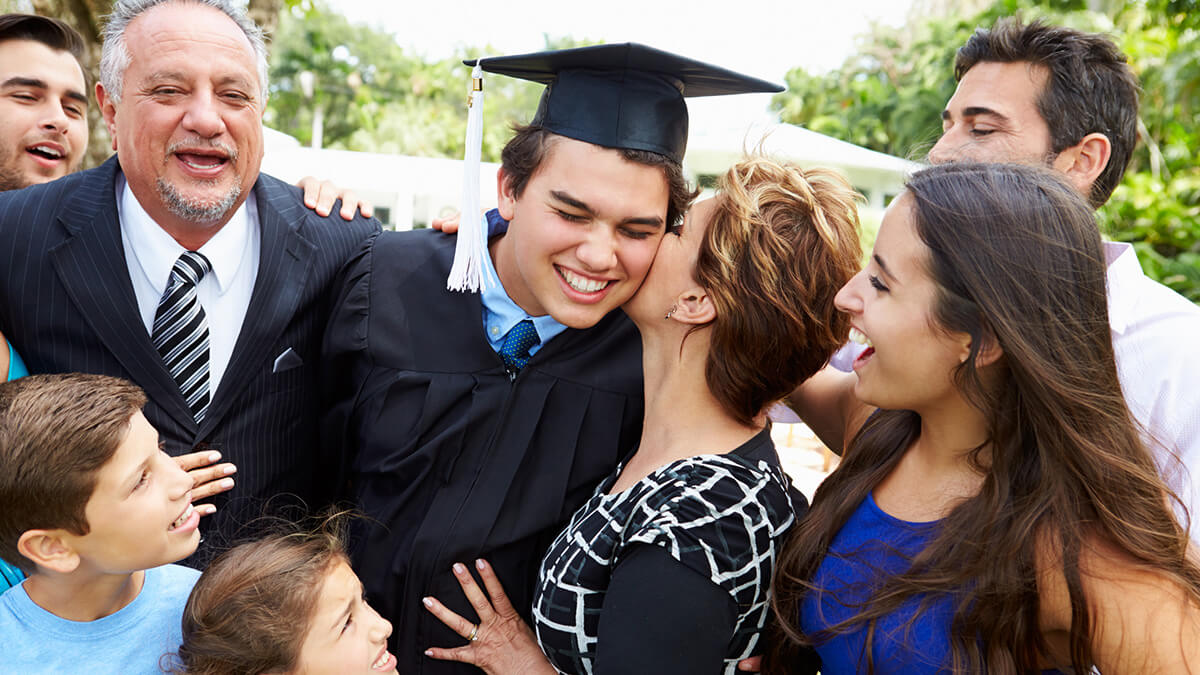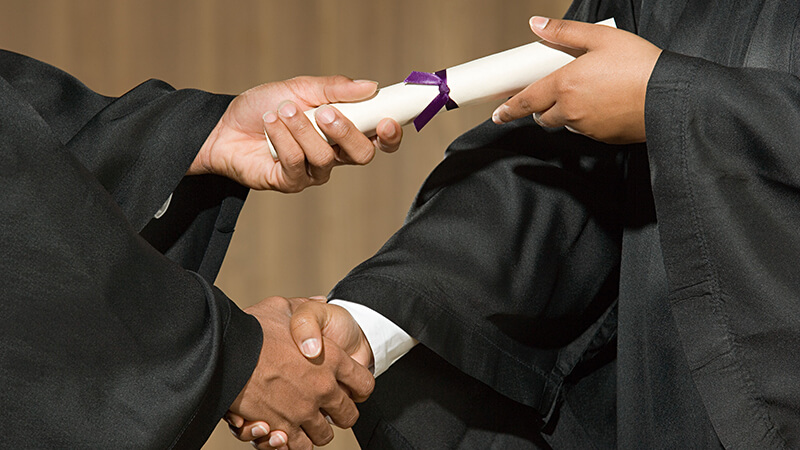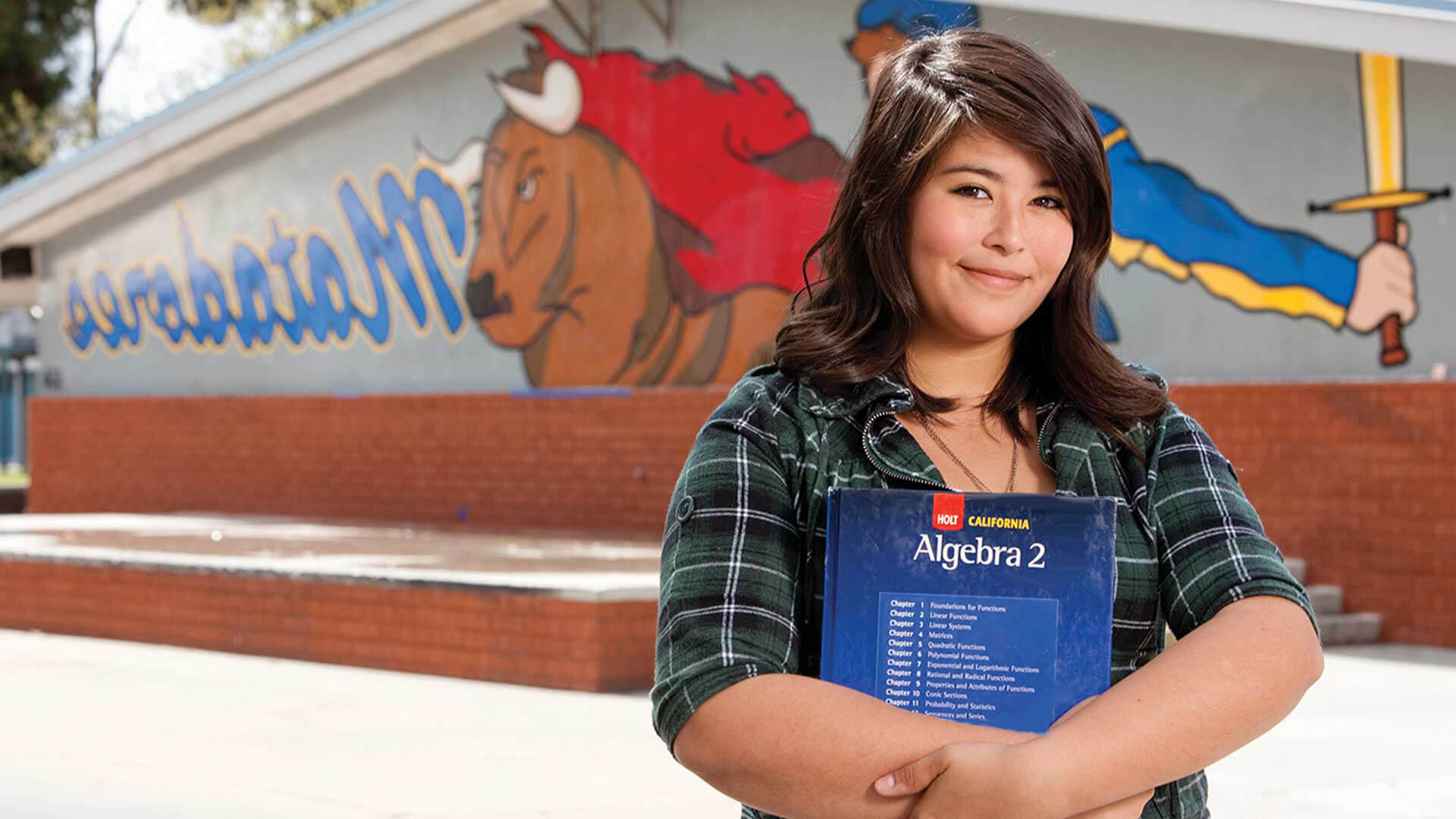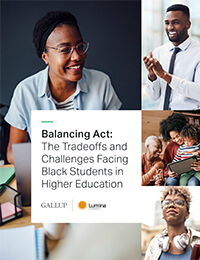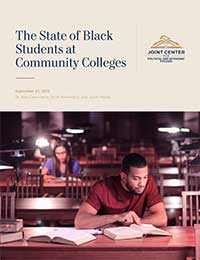Students of Color
Creating a just society
No matter where you come from, what you look like, or how much money your family has, everyone should have what they need to learn, grow, and thrive. But opportunity is not equal in the United States. Real opportunity depends on who you are and where you come from. Together, we can remove barriers for students to right these wrongs and realize just and fair outcomes for all.
We must ensure educational attainment can no longer be predicted by a person’s race or ethnicity. Sadly, the American promise has always sharply contrasted with the nation’s legacy of discrimination and oppression. Individuals and society benefit when everyone can reach their potential.
Students today are more racially and ethnically diverse. They are more likely to be adults, to work full time, or to experience poverty, a lack of stable housing, and food insecurity. Many are the first in their families to go to college.
Serving students of color
Within the public sector, many Black students attend Historically Black Colleges and Universities (HBCUs), which were founded to serve African American students when they were prohibited from attending predominately white colleges. HBCUs comprise 3 percent of all U.S. colleges and universities, but they enroll nearly 10 percent of Black undergraduates.
Hispanic and Latino students attend various higher education institutions, with majorities attending public colleges and universities. HSIs represent 16% of all higher education institutions, yet serve 65% of all Hispanic students. In 2021, 27.8 percent of Hispanics and Latinos between ages 25 and 64 in the United States—or, 32.6 million people—had earned an associate degree or higher compared to 45.7 percent of the total working-age population.
Native American and American Indian students often attend Tribal Colleges and Universities (TCUs) located on or near reservations. According to fall 2010 enrollment data, 8.7 percent of American Indian and Alaska Native (AI/AN) college students attended one of the 32 accredited TCUs. By 2021, 25.4 percent of Native Americans between ages 25 and 64 in the United States—or, 1 million people—had earned an associate degree or higher compared to 45.7 percent of the total working-age population.

